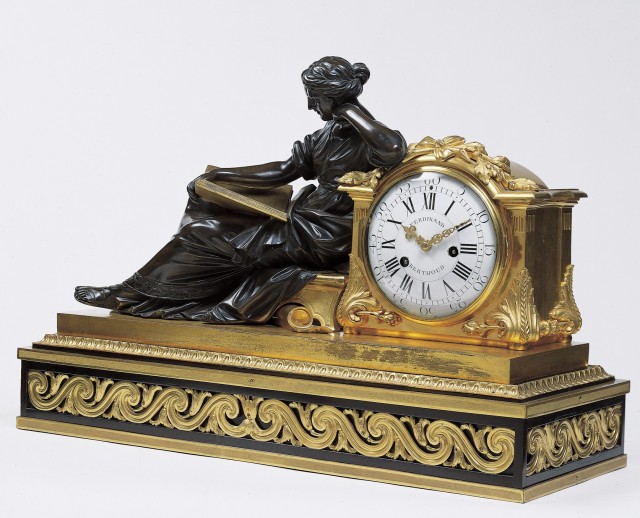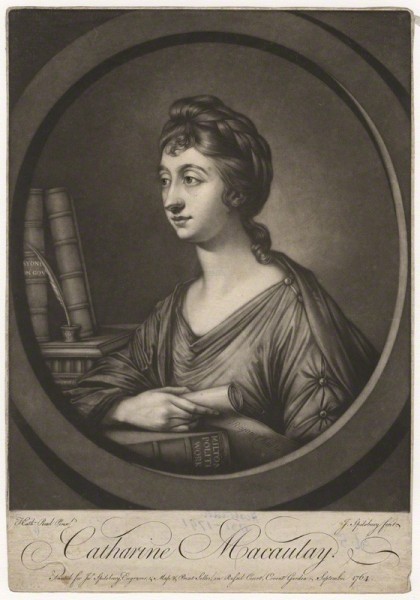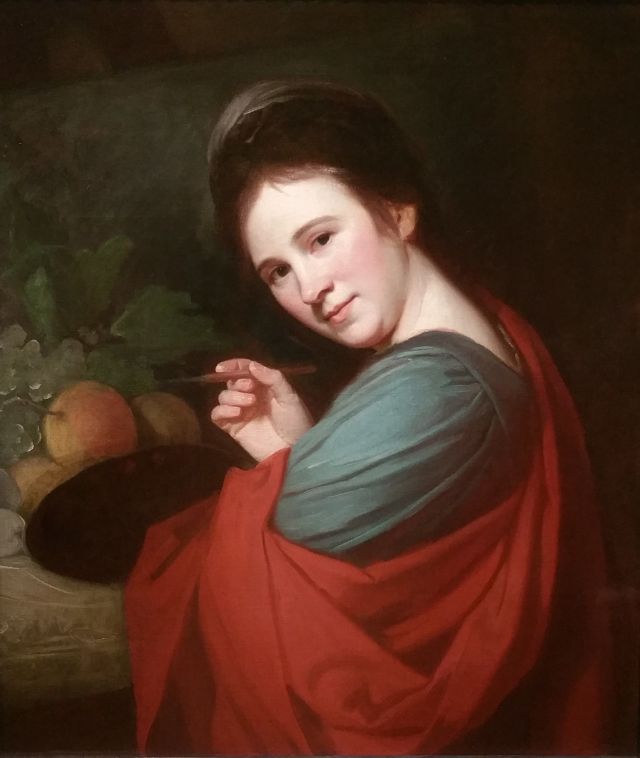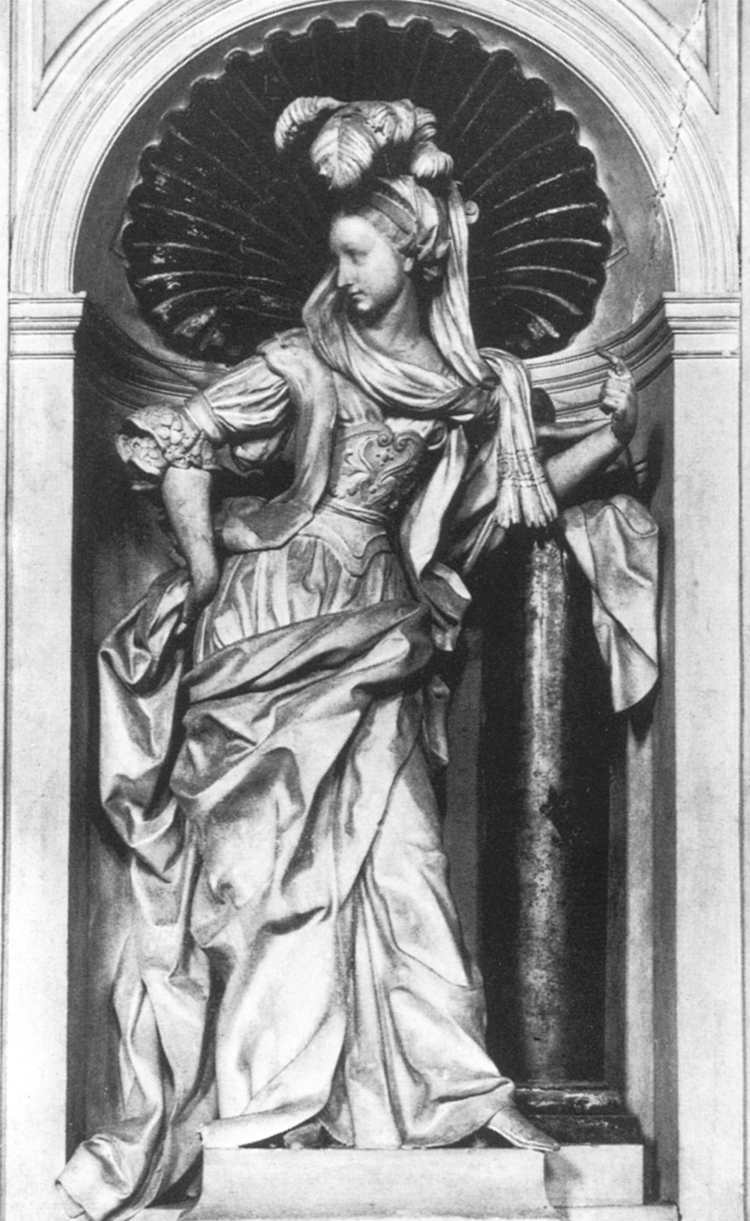I was thinking all night of the post I’d write about a clock, an 18th century clock. It started with the clock, anyway, and ended up being more about a mother and daughter.
It was going to be a post about self-isolation and self-improvement, about reason and tolerance defeating ignorance and greed, about women’s fight for equality and independence; about jealousy and love, egos and guillotines; about rebellion and restraint; about philosophy, education and religion; about gaiety, satire and burlesque – lyrics from Gypsy were going to be included (“Sing out, Louise”) – it was a mess, less than the sum of its parts.
The object still exists for you to look at. All you need from me is a link. No words. Everything has been said before. No more blogging, I say.
Instead, I’m copying and pasting a Tweet from the journalist John Crace, about today’s cause célèbre, the latest gobsmacking hypocrisy of the Vote Leave coup leaders who are turning the ancient democracy of Great Britain into a shoddy dictatorship, a tax haven for corrupt, nihilist capitalists, while the rest of us, if we survive the plague, will die from poverty and bitterness, and malnutrition from lowered food standards.
We will be deprived of freedom of movement to work and live and love where we want in Europe, our continent. For some of us, that freedom and that love are the meaning of life itself. We have been dispossessed. We are aliens in our own country.
Tick tock.
The rich will still be able to do what they want, just as Cummings, Great Britain’s eminence grise, did during lockdown, when, knowing he and his wife had COVID-19, he flouted government restrictions by travelling 260 miles to visit his elderly parents with his four year-old child.
Cummings, in his own mind the child of Machiavelli and Nietzsche, doesn’t care; the pastiche prime minister/world king manqué and his equally over-entitled, even creepier associates (who can’t wait to stab him in the back) don’t care; they know there will be no consequences for the shameless. They are unaccountable. They have called democracy’s bluff.
They prey on human frailty. They play on the ordinary person being as selfish and venal as they are. They taunt and tempt like the sleazy admen and dodgy goods’ salesmen they are.
Everything they offer you has fallen off the back of a lorry. They know most of us know. They don’t care. Look how we can spin! Aren’t we funny! More entertaining than the Opposition. Razzamatazz! (Theatre is dead, due to Coronavirus, showing off isn’t.) Bragging how you have twisted the truth impresses more, nowadays, than telling the truth.
If you weren’t as bad as them before, you will be soon.
Tick tock.
John Crace on Twitter:
According to @michaelgove
and other cabinet ministers,
those of us who didn’t break government guidelines
to drive 250 miles just didn’t love
our families and friends enough
Another Tweet, from Aditya Chakrabortty, sums up the depth of this government’s betrayal of a nation:
If only Number 10 had acted as quickly and forcefully on the pandemic in March as it has to save Dominic Cummings
And, because I can’t bear to leave you without something old and pretty, here’s the link to a relic from the Age of Enlightenment and Reason, a neoclassical feminist clock illustrating the power of solitude:

Mantel clock c. 1768 made for Madame Geoffrin (1699-1777) The Wallace Collection
“One must work with time and not against it.”
Ursula K. Le Guin, The Dispossessed




 Natural pearl and diamond pendant, 18th century;
Natural pearl and diamond pendant, 18th century;
 Marie-Antoinette and her children by Élisabeth Vigée Le Brun, 1787
Marie-Antoinette and her children by Élisabeth Vigée Le Brun, 1787






 Rose Tiara, Me Too Era © PJR
Rose Tiara, Me Too Era © PJR
 Artemisia Gentileschi Judith Beheading Holofernes 1611-12 Oil on canvas Museo Nazionale di Capodimonte, Naples. Image source: WGA
Artemisia Gentileschi Judith Beheading Holofernes 1611-12 Oil on canvas Museo Nazionale di Capodimonte, Naples. Image source: WGA The Penitent Mary Magdalen 1620-25
The Penitent Mary Magdalen 1620-25